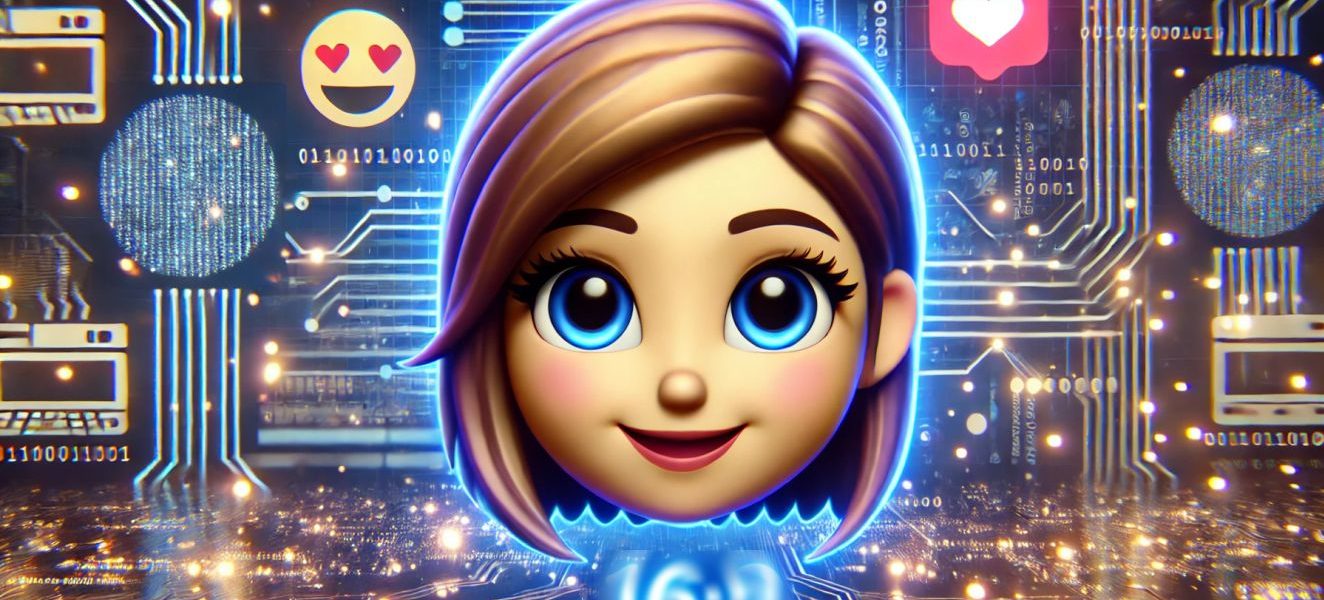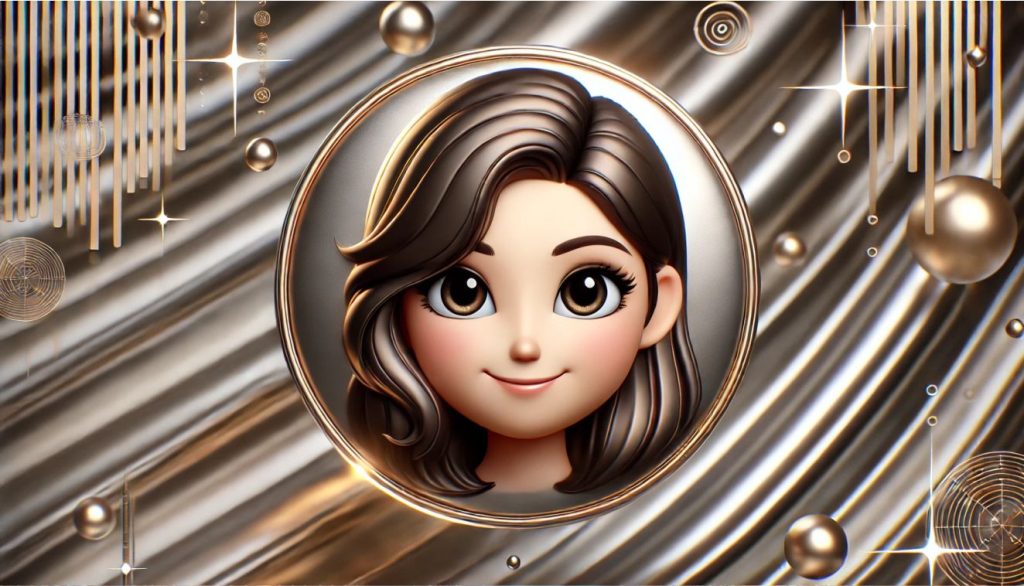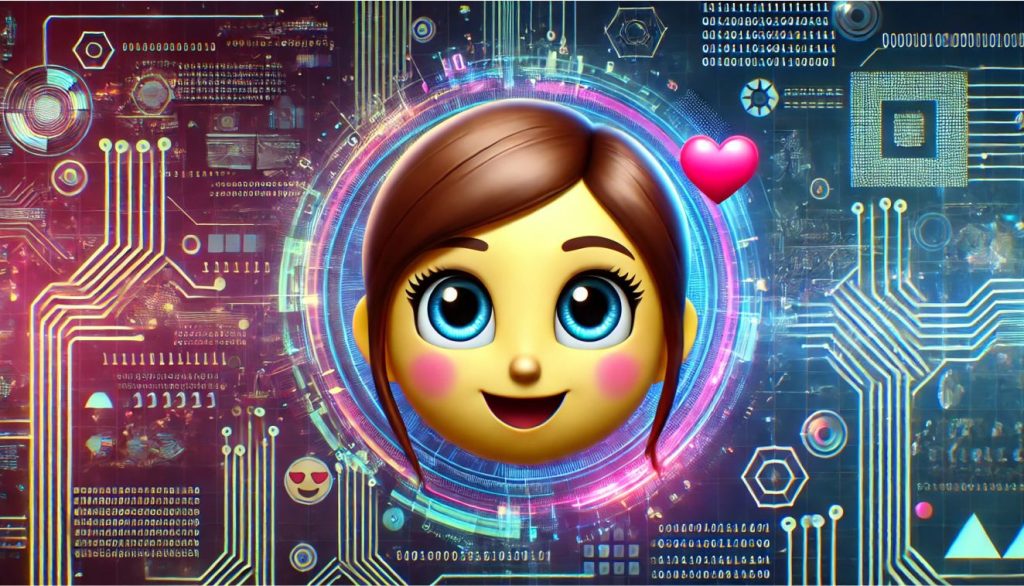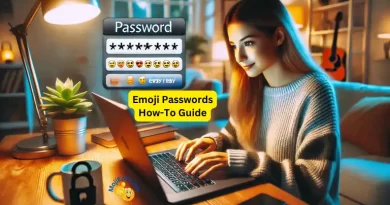Girl Emoji
The girl emoji may seem simple, but it carries a world of meaning depending on how you use it. Stick around to uncover its full story and how it fits into our daily digital conversations!
The Girl Emoji 👧: A Small Icon with Big Meaning
The girl emoji is a staple in modern communication. You’ve probably seen it in texts, tweets, or social media comments. But have you ever thought about what it represents? It’s an emoji that stands for much more than just a girl—it’s part of a broader language of inclusivity and representation. As part of the larger emoji world, the girl emoji holds significance in discussions around gender, identity, and even family dynamics.
The Evolution of the Girl Emoji
The girl emoji was first introduced in 2010 as part of Unicode 6.0. It was initially designed to represent a young girl with blonde hair and blue eyes. However, over the years, the emoji has become more inclusive, featuring a variety of skin tones and hairstyles.
The Girl Emoji in Popular Culture
The girl emoji has become a popular symbol in popular culture, often used to represent young women and girls in various contexts. It is frequently used on social media platforms like Twitter and Instagram, in memes and online discussions, and even in commercial products and marketing campaigns.
What the Girl Emoji Represents
The girl emoji 👧 is a simple but powerful representation of a person, typically a young girl. It’s frequently used to indicate youthfulness, femininity, or playfulness in texts and posts. You might see it when someone talks about their family, references their childhood, or just adds a playful tone to their message. Emojis, like the girl emoji, offer layers of meaning depending on the context.
You may also notice that the girl emoji often appears in discussions about family or alongside other emojis like the man or woman icons. That grouping reflects the increasing importance of portraying diverse relationships in digital spaces.
Why We Love the Girl Emoji
Why does the girl emoji resonate with so many people? One great reason is that it taps into shared experiences. You might see it in a Twitter thread, captioning a childhood photo, or as a stand-in for someone’s younger self.
Another reason the girl emoji is so widely used is that it’s versatile. People often combine it with other emojis like hearts, symbols of family, or even face emojis to create meaning that goes beyond words. It’s a way to quickly convey a message without needing to answer with long texts.
Common Misconceptions About the Girl Emoji
There are some common misconceptions about the girl emoji that are worth addressing:
-
The girl emoji is only for young girls: While the emoji was originally designed to represent young girls, it may be used to represent women of all ages.
-
The girl emoji is not inclusive: The girl emoji has become more inclusive over the years, featuring a variety of skin tones and hairstyles.
-
The girl emoji is always positive: The girl emoji may be used in both positive and negative contexts. It may represent empowerment and positivity, but it could also be used in a derogatory or offensive way.
How to Use the Girl Emoji Responsibly
It is important to use the girl emoji responsibly and respectfully. Here are some tips for using the emoji appropriately:
-
Be mindful of context: Consider the context in which you are using the emoji. Is it appropriate to use it in a professional setting? Is it being used in a way that is respectful and empowering?
-
Avoid stereotypes: Do not use the girl emoji to perpetuate harmful stereotypes about women or girls.
-
Be inclusive: Use the girl emoji in a way that is inclusive of all women and girls, regardless of their age, race, ethnicity, or appearance.
Gender Representation and the Girl Emoji
Representation matters, especially in a world where digital symbols like emojis play a huge role in how we communicate. The girl emoji is part of a larger effort to reflect different genders, ages, and roles in society. Alongside the woman emoji and other gendered icons, it helps us convey nuanced ideas about identity and gender roles. Over time, we’ve seen a change in how emojis are used and perceived, often reflecting broader societal shifts toward inclusivity.
When you use the girl emoji, you’re sending a playful icon and even more importantly, engaging in a larger conversation about how people see themselves and each other. It’s all about embracing diversity in a simple, fun, and relatable way.
The Girl Emoji in Family Emojis
One of the most common contexts where you’ll find the girl emoji is in family groups. Emojis offer different combinations of man, woman, girl, and boy icons to represent various family structures, allowing you to show your family dynamic with just a few symbols.
What’s great about the girl emoji is its flexibility. It shows familial love, sibling bonds, or even just a representation of your child. In a world where family structures are increasingly diverse, the girl emoji offers a simple but effective way to reflect that diversity.
Discover More About Emojis with モジドットコム
At モジドットコム, we’re dedicated to unlocking the fun, colorful world of emojis for you. From classic icons like 😀 that express general happiness to newer ones like 🤮, which convey extreme disgust, we cover it all.
So whether you’re just curious about the girl emoji or looking to explore the entire emoji universe, we’ve got the resources for you. Visit us at モジエドットコム today and start exploring the amazing world of emojis!
FAQs: What People Are Asking About the Girl Emoji
Why is the girl emoji so popular?
The girl emoji is popular because it’s versatile and relatable. It represents youth, playfulness, or femininity in many contexts. You’ll often see it used in discussions about family, childhood, or personal identity.
How is the girl emoji used in conversations?
It’s frequently used in texts, Twitter posts, and social media to convey innocence, fun, or familial relationships. Often paired with other emojis, it helps answer questions or add a playful tone to messages.
Has the girl emoji changed over time?
Yes, the girl emoji has evolved in its design to be more inclusive and detailed. The subtle updates reflect a broader movement toward more accurate representations of different ages, genders, and identities.
Should the girl emoji be used in professional contexts?
While it’s mostly used in casual conversations, the girl emoji could be part of a larger family emoji set in professional communications, especially in contexts related to family services or education.








